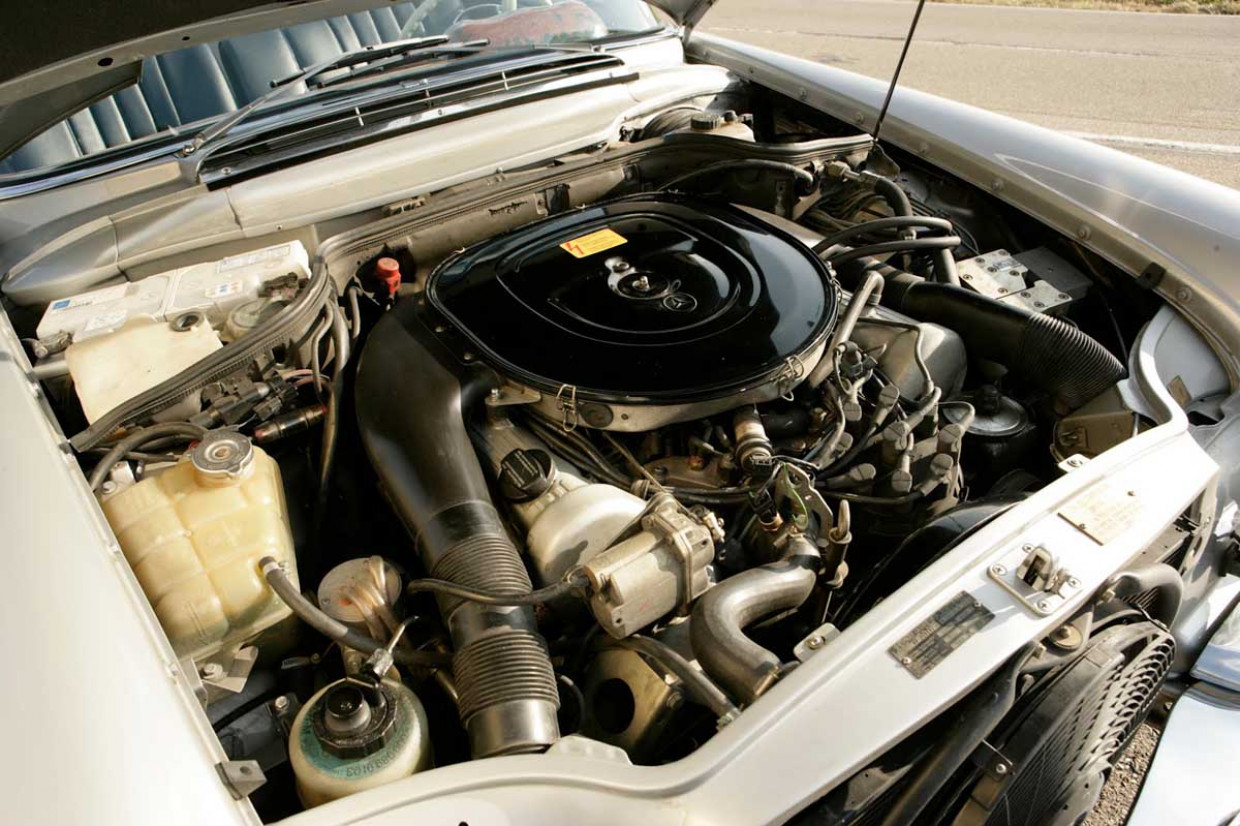
Recently announced EU legislation could mean complications for owners of modified classics.
Currently, classics must fall in line with the Road Traffic Act and the MoT test. In short, they must be mechanically fit for purpose irrespective of whether the car performs exactly as it did when it was built.
But the proposed new legislation will require annual roadworthiness testing to make reference to the car’s original ‘technical characteristics.’ Your classic may be subject to (and fail) the new test if it doesn’t fit the EU’s definition of a ‘historic vehicle’, which is defined as one that:
Was manufactured more than 30 years ago
Is maintained by use of replacement parts which reproduce the historic components of the vehicle
Has not sustained any change in the technical characteristics of its main components such as engine, brakes, steering or suspension
Has not been changed in its appearance
Rosy Pugh from the FBHVC said: “We consider this definition to be unworkable and completely unacceptable.
“The FBHVC also rejects the suggestion that Roadworthiness Testing should relate to a vehicle’s ‘technical characteristics’, whatever the age of the vehicle.
“Modifications, alterations and improvements are all part of the history of motor vehicles and the older the vehicle, the more likely it is that it will have been altered at some stage.”
